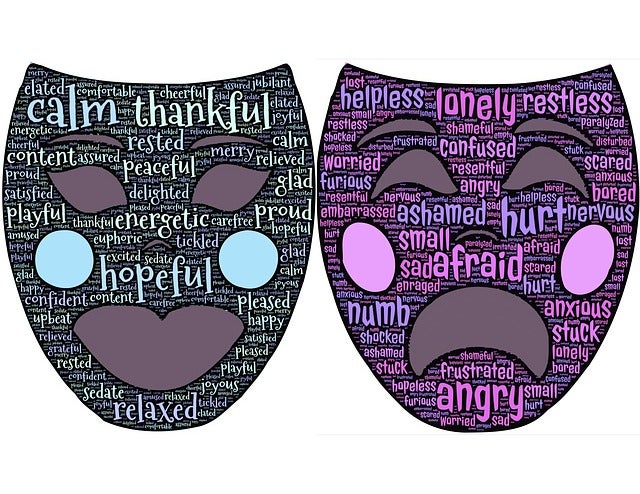
Modern life is full of emotional challenges, and unfortunately, our society all too frequently encourages us to block out and avoid our emotions. Alcohol or other drug use, screen time, and workaholism are all ways of avoiding our feelings. However, because the “tricks” our bodies use to constrict our emotional awareness (e.g., holding our breath, muscle tension) can contribute to anxiety, depression, or physical difficulties, such as headaches or digestive problems, it’s important to consider other ways to address challenging emotions when they arise.
One such technique, which comes from Dialectical Behavior Therapy, is called Opposite Action. Emotions are powerful motivators that mobilize us to behave in certain ways. Each emotion comes with a related action urge. For example, when we are fearful, we may feel the urge to avoid or escape the source of that anxiety. Meanwhile, when we are sad, we may become passive, withdraw, or isolate ourselves, and when we are angry, we may become defensive or go on the attack. When practicing Opposite Action, the first step is to identify the emotion we are experiencing and the action urge associated with it.
Our next step is to ask ourselves whether the emotion in question fits the actual facts of the situation triggering it and, perhaps more importantly, whether it would be effective to act upon the action urge you are experiencing. Sometimes, our emotion and/or its intensity may be disproportionate to the situation we are facing. For example, fear is justified when there is a threat to our life, health, or well-being. But we might also experience fear in response to a situation that is not actually dangerous, such as having to give a presentation. Also, there are many times an emotion may fit the facts of a situation but acting upon it would not be in your best interest. Say someone in a position of power does something unfair. Getting angry and wanting to challenge that person directly fits the facts; however, depending on the authority figure, acting upon that urge may not actually be safe or effective.
Once we have decided that our emotion or its intensity does not fit the facts of a situation or that acting upon that action urge would not be in our best interest, we can engage in Opposite Action in the following way. We would identify what the emotional urge wants us to do and use words, thinking, facial expressions, tone of voice, body postures, and behavior that are the opposite of that. For example, if we are feeling angry and feel like attacking someone, we might gently avoid the person with whom we’re frustrated, do deep breathing exercises to calm our body, soften our jaw and hands, bring a gentle smile to our face, and try to find some small part of how they’re acting that we can understand and for which we can feel empathy. If we are feeling sadness and want to isolate ourselves, we might try walking tall, maintaining eye contact, and getting out and doing things to stay busy. By taking these steps, you are actually rewiring your brain, creating more choice and emotional resilience.
Opposite Action works best when we take the time to make sure we have correctly identified the action urge that fits our unique emotional and behavioral response (two people may experience very different action urges for the same emotion) and when we engage in the action fully. This means throwing yourself into acting opposite to that urge in a whole-hearted, rather than half-hearted way. You may also have to repeat the process until your emotion changes enough to be noticeable. You will notice that this strategy does not rely on avoiding your emotions; rather, it requires mindfully examining your emotions, understanding them, and then being intentional about how you respond to them.
If you are struggling with overwhelming emotions and would like some help putting this or other strategies into practice, come to the Counseling Center. We can help!
Susie Musch, PhD
Senior Staff Psychologist
